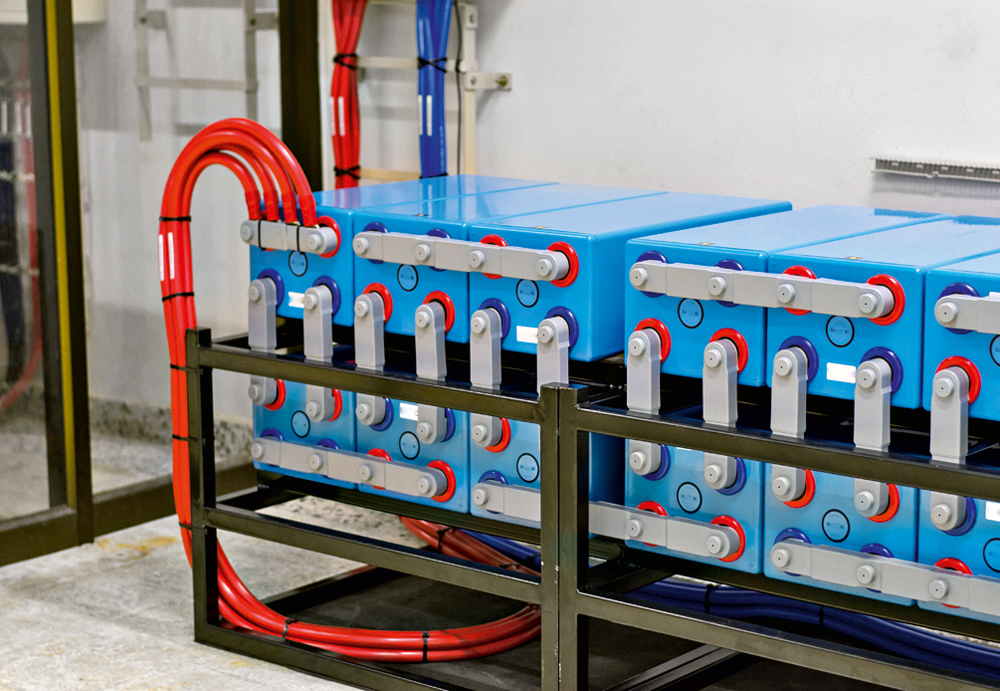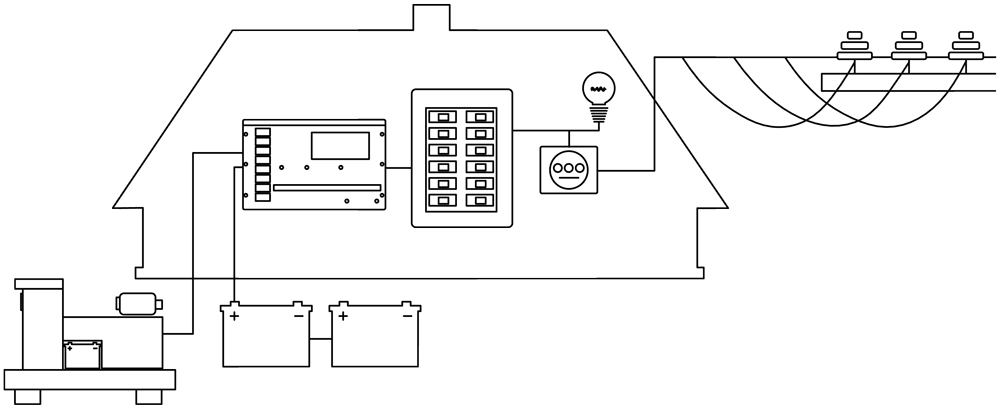Country electrical networks are not comparable in reliability to city ones, and accidents do happen. You should prepare for this unpleasant situation. It is best to have a backup power source.
As alternative sources of electricity in everyday life, generators with an internal combustion engine (most often diesel generators) and rechargeable batteries (batteries) equipped with an inverter – a current converter (from direct to alternating and vice versa) are used today. The batteries are connected to the network through an inverter, which also recharges the batteries when there is electricity in the network.
Both types have their advantages and disadvantages. The main disadvantage of generators is the noise and exhaust gases produced during operation. But a diesel engine can theoretically function as long as it needs fuel. In any case, it should work for several days in a row.

Battery-based systems have more significant operating time limitations. Usually from several tens of minutes to several hours. For a longer duration, batteries of significant capacity will be required, and, accordingly, the system will be too expensive. Judge for yourself: an inexpensive diesel generator with an output power of 2 kW can be bought relatively cheap
A set of batteries capable of delivering 2 kW for 2–3 hours will cost approximately twice as much. Add to this the cost of the inverter. A fully assembled uninterruptible power supply (UPS) for half an hour to an hour of operation will be quite expensive. But using a UPS as a backup source is a real pleasure. No exhaust, no noise, and no fuel, and switching occurs almost instantly (the generator still needs to be started).
To place batteries, a separate, well-ventilated room is required, in which insulated racks are installed. The temperature in it should not be lower than that recommended by battery manufacturers (usually 15 ° C). We will talk in more detail about choosing the type and brand of batteries, their use and storage in a separate article.
Uninterruptible power supply system diagram

All backup power sources are selected depending on the power of the connected load. It depends on the needs of homeowners. To calculate it, you need to sum up the power of all devices that will be connected to the power source. Please note that the higher this amount, the more expensive the UPS will be, so it makes sense to limit the load, leaving only the essentials – emergency lighting, power supply for heating, and water supply system components (ventilation, well pump, etc.). Plus one or two outlets so you can connect a TV or other household appliances.
When choosing a generator or installing an inverter system, you first need to decide how often you will need to use an additional source of electricity. So, if you are at the cottage only on weekends in the summer, a gasoline generator is enough. It should be remembered that gasoline or diesel generators create loud noise and an unpleasant odor during operation. Therefore, they need to be placed in ventilated areas with good sound insulation. Inverter-battery systems are more convenient to use, especially if you spend a lot of time at the cottage and need an uninterrupted source of energy constantly. Such a system, as a rule, consists of an inverter, batteries, a charger that charges the batteries, and a controller that monitors the battery charge.



